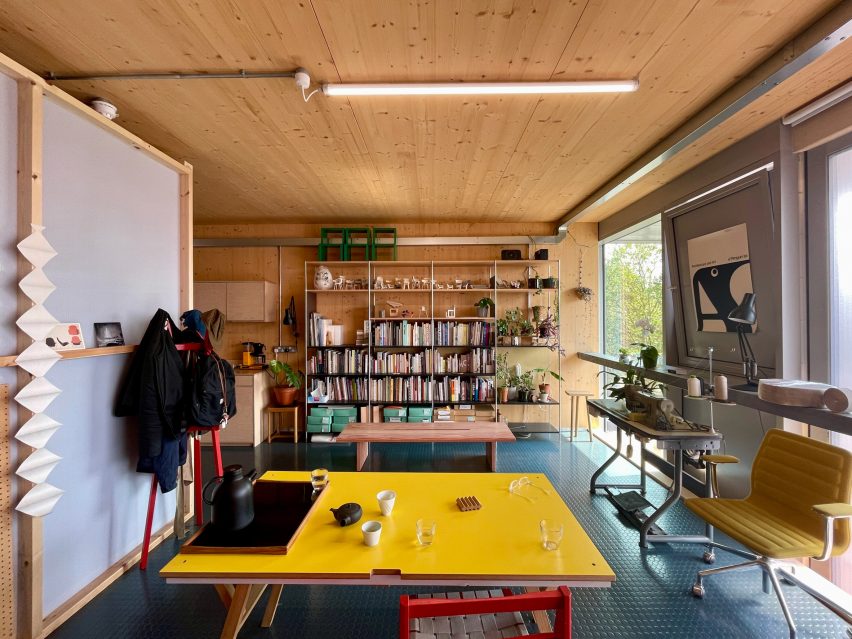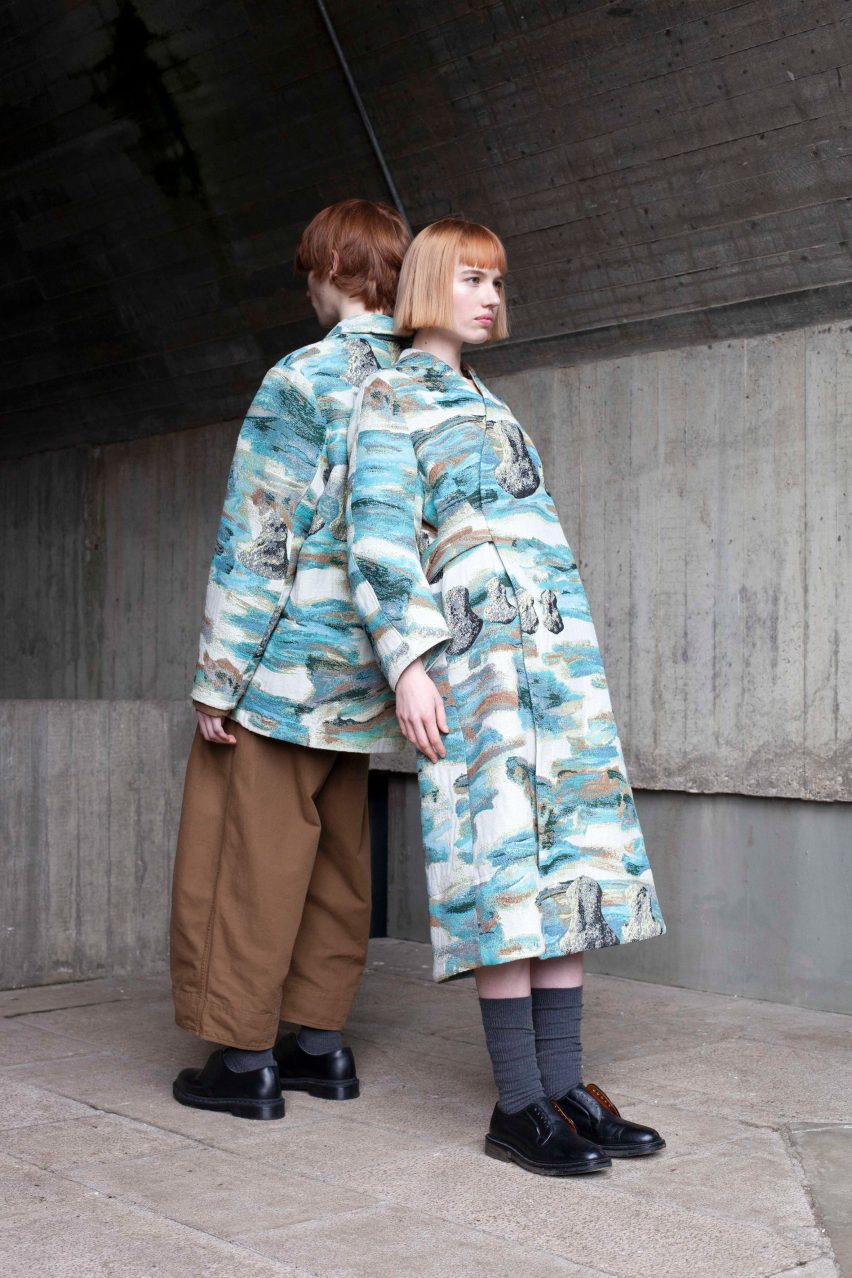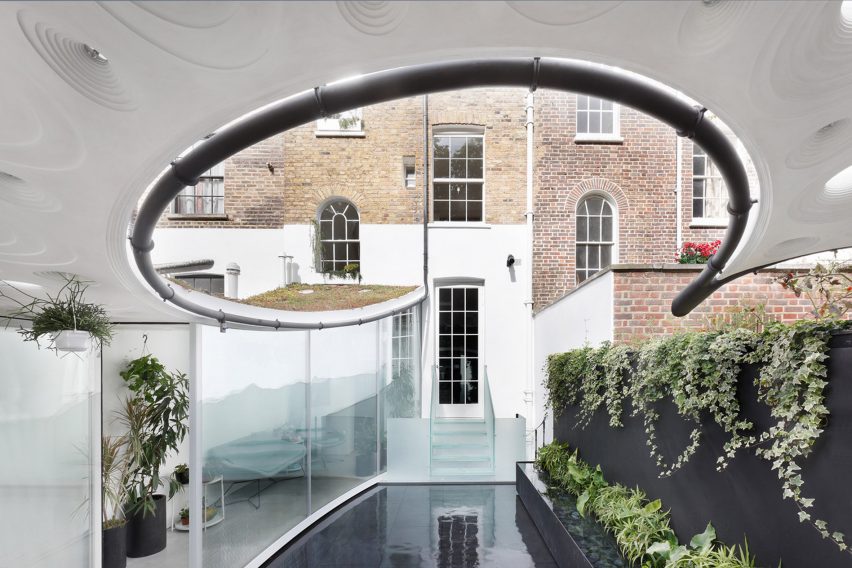Five interviews with industry leaders on where their practice stands on recruitment
Posted in: Uncategorized
As Dezeen Jobs turns 15 this year we’ve interviewed a number of industry leaders on where their practice currently stands on recruitment.
The series of interviews examines the skill sets studios are looking for, where they see recruitment heading and the impact that AI has had not only on their recruitment process but on their practice as a whole.
Here we have rounded some of the key comments from the first five interviews within the series, featuring director at dRMM, Saskia Lencer; creative director at Toogood, Jan Rose; global design director and partner at Henning Larsen, Jacob Kurek; director at Tonkin Liu, Anna Liu; and director of Megan Grehl design studio, Megan Grehl.

Saskia Lencer, director at dRMM
Lencer spoke about how architecture studio dRMM has grown in the last 10 years and how the studio’s recruitment process is now nearly all virtual.
The director explained that an untraditional route through architecture catches her eye in an application, particularly if a candidate has worked abroad.
Lencer also stressed that when applying for a role at dRMM, it is important for candidates to have developed on-site experience to demonstrate their technical knowledge.
“One of the most important things is really understanding how materials work, how they come together and how they can be used,” said Lencer. “This sets the candidate on the right path to understanding how we work.”
Jan Rose, creative director at Toogood
Creative director Rose explained that the design studio Toogood has become increasingly rigorous in its recruitment process in order to expand the studio’s network as much as possible.
The studio has a motto of “restless experimentation” and Rose says that Toogood is looking for people who have experience in physical model-making, which he says is a key part of the studio’s design process.
Rose also said that when candidates are developing their portfolios, they should have an understanding of material sensibilities and have an aesthetic that aligns with the studio, while also displaying their individual ways of thinking and designing.
“The biggest mistake we normally see is endless portfolios,” said Rose. “Be bold in your choice, show us your three or four best projects – that should describe you better than 10 or 12 when half of them are not as polished.”

Jacob Kurek, global design director and partner at Henning Larsen
Kurek discussed how architecture practice Henning Larsen‘s stance on sustainability is a key recruitment driver. The director also spoke about how he does not see AI as a recruitment threat as architects are being asked to facilitate AI processes in projects from the beginning to the end.
Kurek also spoke about how the skills and competencies that are needed in today’s practice might not be the ones that we see 10 years from now.
“The world has started to look more seriously at sustainability and our industry’s carbon footprint,” said Kurek. “Addressing the climate crisis will require more specific skills and competencies to ensure we can have the impact we need.”
“I can only see that recruitment will grow and we must get a move on, otherwise, we will be dinosaurs.”
Anna Liu, director at Tonkin Liu
Director Liu said that Tonkin Liu is on the lookout for candidates who have an “understanding of what good design is” and how their portfolio needs to show a level of rigour in the way that they think and develop a project.
Liu also discussed how AI in design shouldn’t be feared or put on a pedestal in the design process. She explained that the studio has found that when introduced too early, the team has found it has clouded their instincts and instead, AI is better introduced at a later stage for tasks that respond to speed and efficiency.
“I think the future is an ideal marriage of AI and ‘the hands’ because hands are very intuitive and they lead you to much more interesting answers than if you were to solely rely on AI,” said Liu. “Drawing on a computer or relying on the machine cuts you off from the ability to think intuitively, and to choose, from the myriad of AI options, the most holistic design solution.”

Megan Grehl, director of Megan Grehl
Designer Grehl discussed how she looks for confident individuals in the recruitment process.
In the interview, Grehl also spoke about how she doesn’t see AI as a threat in the design process and that she believes that if studios don’t keep up with the latest software trends they’re at risk of falling behind.
The designer also discussed how 3D modelling is important when looking for a role at her studio and how understanding “spatial connections and the interactions of scale and proportions, 3D modelling is key”.
“The other thing is having great taste,” commented Grehl. “I think taste is something you’re born with, it’s not something you can teach. People who have good taste will be more efficient and picking beautiful objects, knowing proportions and knowing how we can solve a problem.”
Dezeen Jobs: How We Recruit
This article is part of Dezeen Jobs: How We Recruit, a series of interviews to mark Dezeen Jobs turning 15, which explores changing hiring practices and future recruitment needs for companies around the world.
The post Five interviews with industry leaders on where their practice stands on recruitment appeared first on Dezeen.



Post a Comment